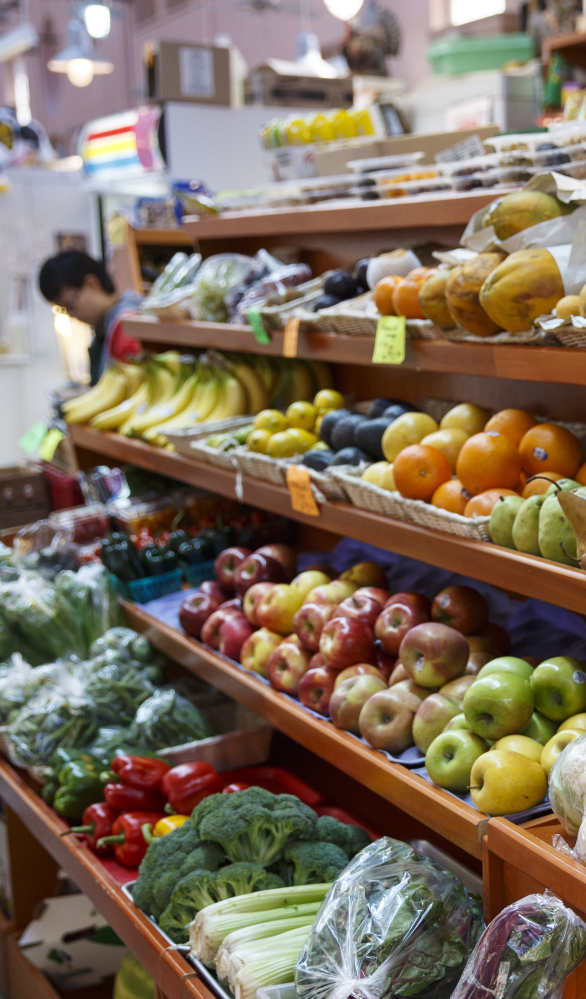CHICAGO — Americans’ eating habits have improved – except among the poor, evidence of a widening wealth gap when it comes to diet. Yet even among wealthier adults, food choices remain far from ideal, a 12-year study found.
On an index of healthy eating where a perfect score is 110, U.S. adults averaged just 40 points in 1999-2000, climbing steadily to 47 points in 2009-2010, the study found.
Scores for low-income adults were lower than the average and barely budged during the years studied. They averaged almost four points lower than those for high-income adults at the beginning; the difference increased to more than six points in 2009-2010.
Higher scores mean greater intake of heart-healthy foods including vegetables, fruits, whole grains and healthy fats, and a high score means a low risk of obesity and chronic illnesses including heart disease, strokes and diabetes. Low scores mean people face greater chances for developing those ailments.
The widening rich-poor diet gap is disconcerting and “will have important public health implications,” said study co-author Dr. Frank Hu of the Harvard School of Public Health. Diet-linked chronic diseases such as diabetes have become more common in Americans in general, and especially in the poor, he noted.
“Declining diet quality over time may actually widen the gap between the poor and the rich,” Hu said.
Harvard School of Public Health researchers developed the healthy diet index used for the study. It is similar to federal dietary guidelines but features additional categories including red and processed meats, sugar-sweetened beverages and alcohol.
The study authors used that index along with government estimates on trans fat intake to evaluate information in 1999-2010 national health surveys that included interviews with people about their eating habits. The results are published Monday in JAMA Internal Medicine.
Hu said the widening diet gap reflects an income gap that deepened during the recent financial crisis, which likely made healthy food less affordable for many people. Hu also noted that inexpensive highly processed foods are often widely available in low-income neighborhoods.
Send questions/comments to the editors.



Success. Please wait for the page to reload. If the page does not reload within 5 seconds, please refresh the page.
Enter your email and password to access comments.
Hi, to comment on stories you must . This profile is in addition to your subscription and website login.
Already have a commenting profile? .
Invalid username/password.
Please check your email to confirm and complete your registration.
Only subscribers are eligible to post comments. Please subscribe or login first for digital access. Here’s why.
Use the form below to reset your password. When you've submitted your account email, we will send an email with a reset code.